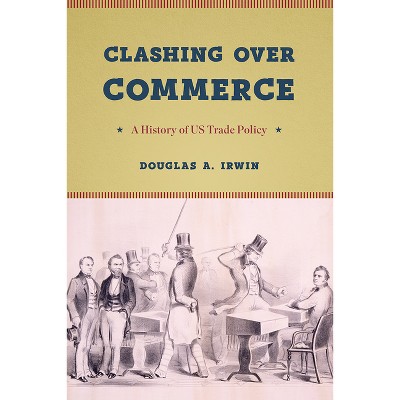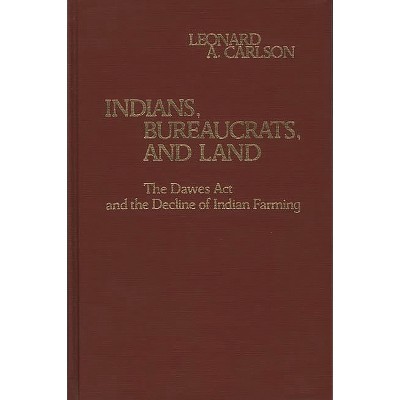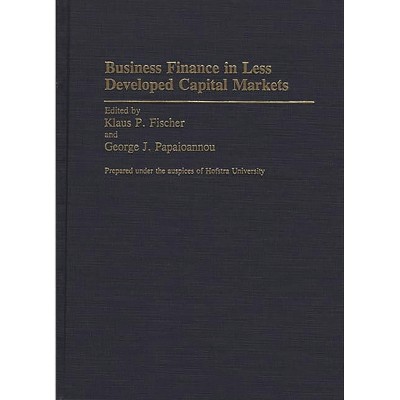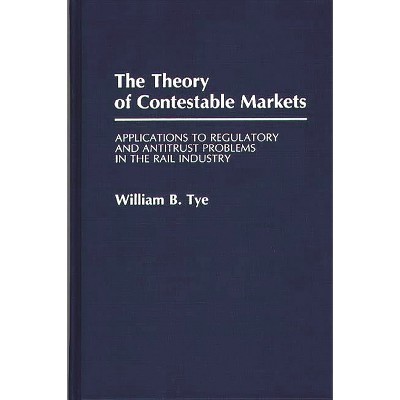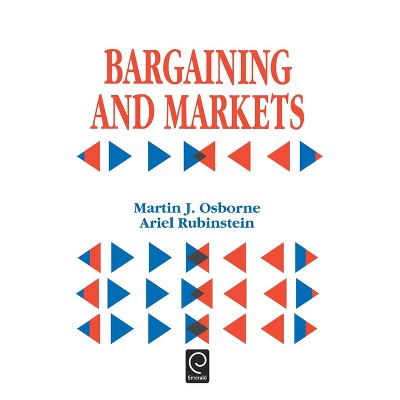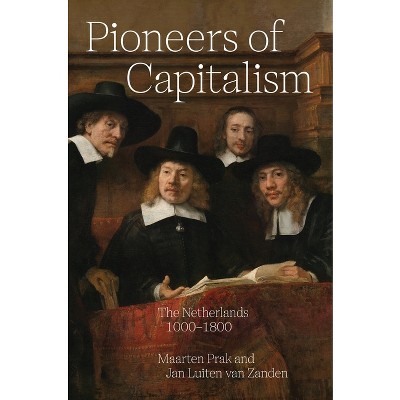Sponsored

The Young Fed - (Markets and Governments in Economic History) by Mark Carlson (Hardcover)
In Stock
Sponsored
About this item
Highlights
- A new history of crisis responses in the central bank's formative years.
- About the Author: Mark Carlson is an economist and advisor for the Board of Governors of the US Federal Reserve System in Washington, DC.
- 240 Pages
- Business + Money Management, Economic History
- Series Name: Markets and Governments in Economic History
Description
About the Book
"The making of a central bank-and of America's financial contingency plans. The long-standing description of the Federal Reserve as a "lender of last resort" refers to the central bank's provision of emergency liquidity for banks and financial entities in periods of crisis. As economist Mark Carlson shows, this provision of emergency liquidity is intrinsic to how the Fed was designed but has, at time, proven challenging to implement. The Young Fed examines the origins of the Federal Reserve's emergency-liquidity provision, which along with the setting of monetary policy, has become a critical responsibility. With a focus on the Fed's response to the agricultural and financial crises of the 1920s, Carlson documents the formative deliberations of the country's earliest central bankers: the internal debates during the farming collapse and surrounding Fed intervention; the lessons that were learned; and how those lessons shaped subsequent central-bank policies. Carlson depicts an early Fed that was not wedded to any one doctrine. This young Fed experimented with a variety of approaches to responding to stress ranging from bold spectacles featuring armored cars full of cash to interventions undertaken behind the scenes for fear of inducing panics or bank runs. Carlson's book, weaving previously unpublished material from the Fed archives, constitutes a watershed work in American economic history: a deeply sourced account of how the world's most important central bank developed its particular approach to being a lender of last resort"--Book Synopsis
A new history of crisis responses in the central bank's formative years.
The long-standing description of the Federal Reserve as a "lender of last resort" refers to the central bank's emergency liquidity provision for financial entities in periods of crisis. As Mark Carlson shows, this function was foundational to how the Fed was designed but has, at times, proven challenging to implement. The Young Fed examines the origins of the Federal Reserve's emergency liquidity provision which, along with the setting of monetary policy, has become a critical responsibility.
Focusing on the Fed's response to the financial crises of the 1920s, Carlson documents the formative deliberations of central bank policymakers regarding how to assist banks experiencing distress; the lessons that were learned; and how those lessons shaped subsequent policies. Carlson depicts an early Fed that experimented with a variety of approaches to crises, ranging from bold spectacles featuring cash-filled armored cars to behind-the-scenes interventions to prevent inducing panics or bank runs. The Young Fed weaves previously unpublished material from the Fed archives into a watershed work in American economic history: a deeply sourced account of how the world's most important central bank became a lender of last resort.
Review Quotes
"The Young Fed [provides] a history of the Federal Reserve's approach to emergency liquidity provision in the 1920s, describing the actions of policymakers, what circumstances led them to make the choices they made, and what they learned from the outcomes of those choices."-- "Journal of Economic Literature"
"The Young Fed fills a large gap in our understanding of how officials in the early Federal Reserve System created and shaped their policy making toolset...Mark Carlson provides an excellent overview of the banking system and the economic structure of the United States in the1920s."-- "EH.Net"
"Carlson shows early Fed governors exercising wide discretion; he also shows them becoming more wary (and conservative) once they faced opposition from those who lost in the trade. Carlson's question is whether those governors learned the wrong lessons."-- "Survival"
"The Young Fed is an outstanding introduction to the Federal Reserve's adolescence...a particularly rich exploration."-- "Choice"
"The Federal Reserve we know is the mature, dollar-spinning behemoth that holds short-term interest rates in the hollow of its hand. The Young Fed is the central bank's coming-of-age story. . . .A formidable history."-- "The Wall Street Journal"
"A pathbreaking book on central banking history, The Young Fed is the first detailed account of the mechanisms, motivations, and internal deliberations of the various Federal Reserve Banks during their formative first years. Written by a brilliant banking economist and financial historian, The Young Fed integrates sophisticated economic analysis with narrative, insightfully informing the discussion of central banking's past."--Charles Calomiris coauthor of "Fragile by Design: The Political Origins of Banking Crises and Scarce Credit"
"The Federal Reserve was created to serve as a lender of last resort for the financial system of the United States. For over a century, the Fed has struggled to balance multiple objectives and challenges of this role. Mark Carlson, a leading scholar on this topic, has written a terrific book showing how we can trace this struggle back to the beginning, with fascinating case studies of the Fed's decisions about emergency lending in the 1920s."--Andrew Metrick Yale University
About the Author
Mark Carlson is an economist and advisor for the Board of Governors of the US Federal Reserve System in Washington, DC.Shipping details
Return details
Trending Non-Fiction






